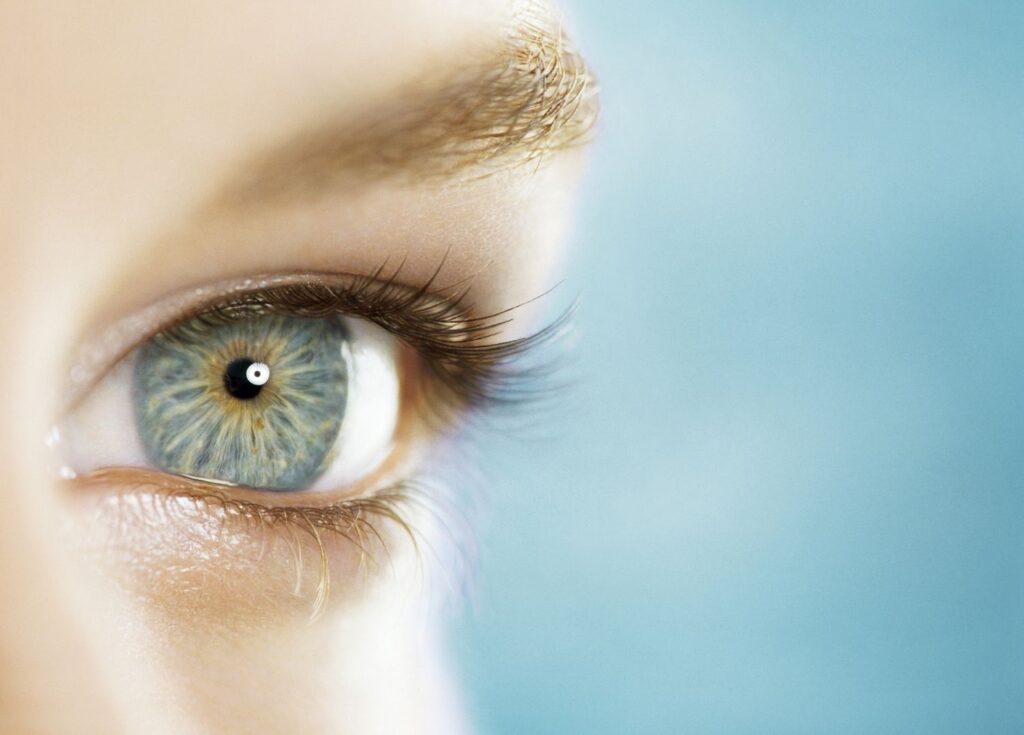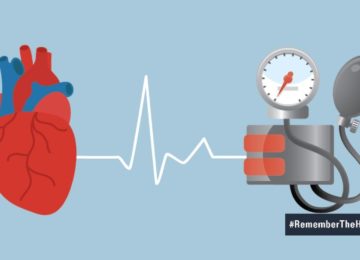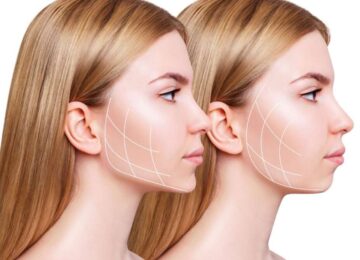The ability to see the world using a pair of eyes is something that is often taken for granted. Many people will not take care of their eyes seriously until the eye is affected by certain conditions. While some eye disorders occur throughout lifetime, some may already have eye problems since they were young. In this DoctorOnCall’s article, we will learn about one of the many eye problems known as hypotropia.
To understand what is hypotropia, it is best to know what strabismus is first. This is because hypotropia is associated with strabismus. Strabismus is known as misalignment of the eyes. Strabismus is thought to affect around 5% of the general population. Strabismus usually develops in infants and young children. However, older children and adults may develop this condition. To understand how strabismus affects a person, knowing the basics of the eye movement can be a great help.
There are around 6 muscles attached to the eyes. These muscles control the eye movement. Muscles receive signals from the brain before it is able to move accordingly. In a normal setting, the eyes muscles work together to enable proper eye alignment. Thus, when there is a problem in the muscles controlling the eye movement, the eyes will look disproportionate to the normal eyes such as the eyes turning inwards or outwards. This is what happens in strabismus.
While it is true that strabismus can be caused by the problems with eye muscles, it may also be caused by the problem of the nerve controlling the eye muscles. It may also be caused by the brain problem being the control centre that signalling eye movement. These causes can be mediated by various issues such as family history with strabismus, refractive error that goes uncorrected or severe and medical conditions such as cerebral palsy or Down syndrome.
Back to our main focus, what is hypotropia exactly? Hypotropia is the term used to describe the eye moving downwards. Hypotropia is a form of vertical strabismus, beside hypertropia (eye deviated upwards). Hypotropia can be restrictive when it causes restriction of the full movement of the eye’s globe. This can occur from trauma such as fracture to the orbit floor or walls holding the eyes in place. In less common cases, restrictive hypotropia can be caused by thyroid disease.
Symptoms of hypotropia are most obvious with the appearance of one eye gazing in a downward position. It usually occurs in one side of the eyes. Symptoms may also be double vision (diplopia), headaches, reading difficulties especially for a long period of time and blurred vision. In some cases, patients may have amblyopia. Amblyopia is a big issue as it can cause decreased vision over time as the brain starts to rely on the one eye with clear vision.
In order to fix hypotropia, through evaluation or assessment is needed before diagnosis can be made. Similar to many other eye problems, apart from eye examination, presence of family history with strabismus or amblyopia can be a great clue to a person developing hypotropia. If there is an event occurring before hypotropia happens, this information will be taken into account too. Beside routine eye examination, other tests may be needed to detect hypotropia such as corneal light reflex test and cover-uncover test. Vision test, slit-lamp exams, fundus examinations, ocular alignment test, extraocular muscle movement evaluation and cycloplegic refraction test, may be done as these are tests for strabismus in general.
Fixing hypotropia is important, especially in children because symptoms can cause the child to have difficulty learning effectively. Initial treatment is with the aid of prism lenses. Vision therapy can be helpful to improve eye focus and coordination. In some patients, correcting refractive error by eye glasses or contact lenses is enough to improve the symptom. Should all of these fail to improve the eye condition, surgery may be recommended. Surgery to the eye muscle can change the length or position of the muscle around the eyes. This is done to ensure the eyes appear straight. Injection of botulinum toxin or botox may help with eye misalignment. Cases of hypotropia caused by health conditions such as trauma or diabetes, will correct the hypotropia when the underlying condition is tackled.
It can be concluded that hypotropia is a type of strabismus. It is a misalignment of eyes characterised by the eye turning downward when the other eye appears normal when looking straight. Hypotropia can occur as early in childhood due to neuromuscular problems affecting the eye muscles but may also be in adults such as from trauma or certain health conditions. Hypotropia needs to be treated or fixed appropriately to avoid complications such as amblyopia and asthenopia. This is especially true for children as it can cause them to have learning difficulties. Treatment will depend on the severity of the hypotropia but most are well managed with non-surgical methods.












